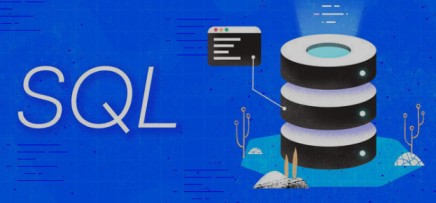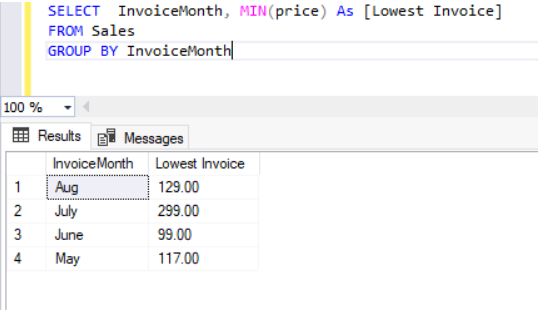
SQL is a powerful database management system that allows users to manipulate data in a variety of ways. One of the most common uses of SQL is to extract and analyze data from large databases. In SQL, the MIN and MAX functions are used to find the smallest and largest values in a column, respectively. These functions can be particularly useful when working with large datasets and trying to analyze trends and patterns. To further explore these functions, it is important to understand how they work and how they can be used in conjunction with other SQL commands to achieve specific goals. For example, the MIN function can be used to find the earliest date in a column, while the MAX function can find the latest date. Additionally, these functions can be used in conjunction with the WHERE clause to filter data based on specific criteria. By using the MIN and MAX functions in combination with other SQL commands, it is possible to gain deeper insights into the data and draw meaningful conclusions. In this article, we will cover the usage and syntax of these functions in detail.

The Basics of MIN and MAX Functions
The MIN and MAX functions are used to retrieve the minimum and maximum values from a column in a table respectively. The syntax for these functions is as follows:
sqlCopy code
SELECT MIN(column_name)
FROM table_name;
SELECT MAX(column_name)
FROM table_name;
The MIN function will return the minimum value in the specified column, while the MAX function will return the maximum value in the column. It is important to note that these functions only work on columns that contain numeric values.
Usage of MIN and MAX Functions
The MIN and MAX functions can be used in a variety of ways to retrieve and analyze data. Some common use cases include:
Finding the highest and lowest value in a column
To find the highest and lowest value in a column, you can use the MAX and MIN functions respectively. For example, the following query will return the highest and lowest salary in the "employees" table:
scssCopy code
SELECT MAX(salary) AS highest_salary, MIN(salary) AS lowest_salary
FROM employees;
Filtering records based on minimum or maximum values
You can also use the MIN and MAX functions to filter records based on minimum or maximum values. For example, the following query will return all records from the "employees" table where the salary is equal to the highest salary in the table:
sqlCopy code
SELECT *
FROM employees
WHERE salary = (SELECT MAX(salary) FROM employees);
Finding the difference between the highest and lowest value
You can use the MAX and MIN functions to find the difference between the highest and lowest value in a column. For example, the following query will return the difference between the highest and lowest salary in the "employees" table:
scssCopy code
SELECT MAX(salary) - MIN(salary) AS salary_difference
FROM employees;
Conclusion
In conclusion, the MIN and MAX functions are essential tools for any SQL user. They allow you
to retrieve and analyze data in a variety of ways and are particularly useful for finding
the highest and lowest values in a column. By understanding the syntax and usage of these
functions, you can take your SQL skills to the next level and become a more efficient and
effective data analyst.
At PLOVER, we
take pride in offering a diverse range of remote work options, and we understand that
finding the right job can be a challenging task. That's why all the jobs listed on our
platform are verified by us to ensure that they meet our strict criteria. We make sure that
each job is remote, pays in USD, and meets our working conditions, so you can focus on
finding the best fit for you.
final thought


by Harsh Verma
final thought

